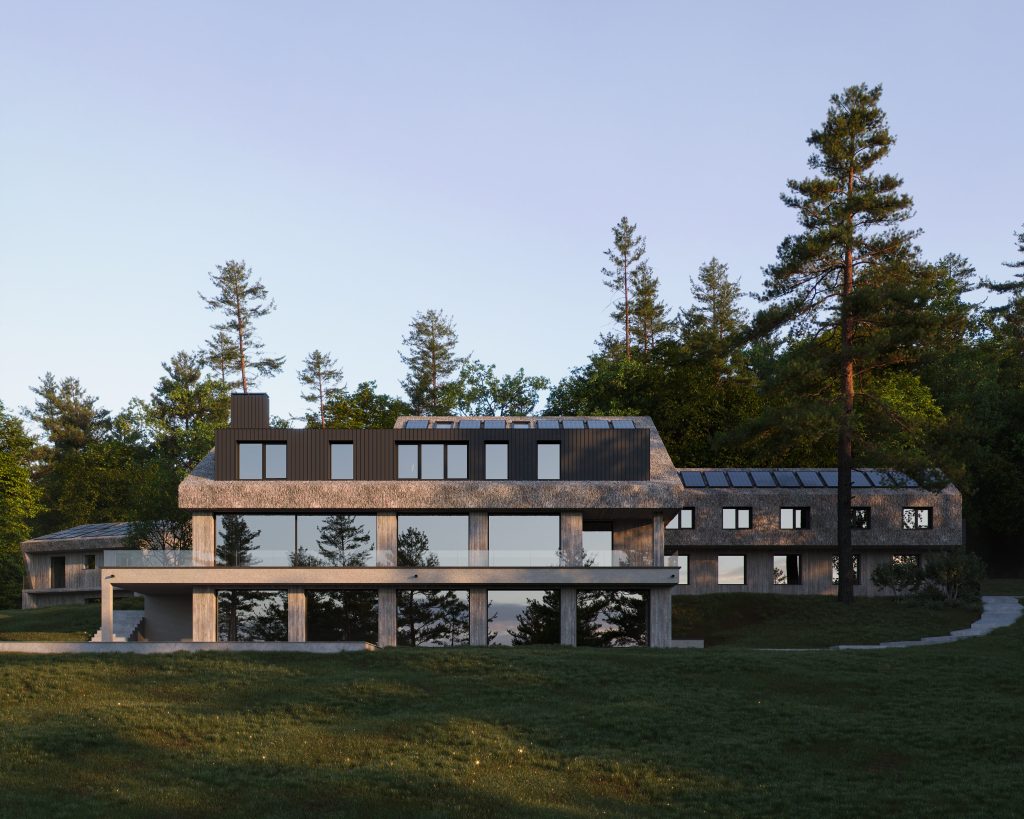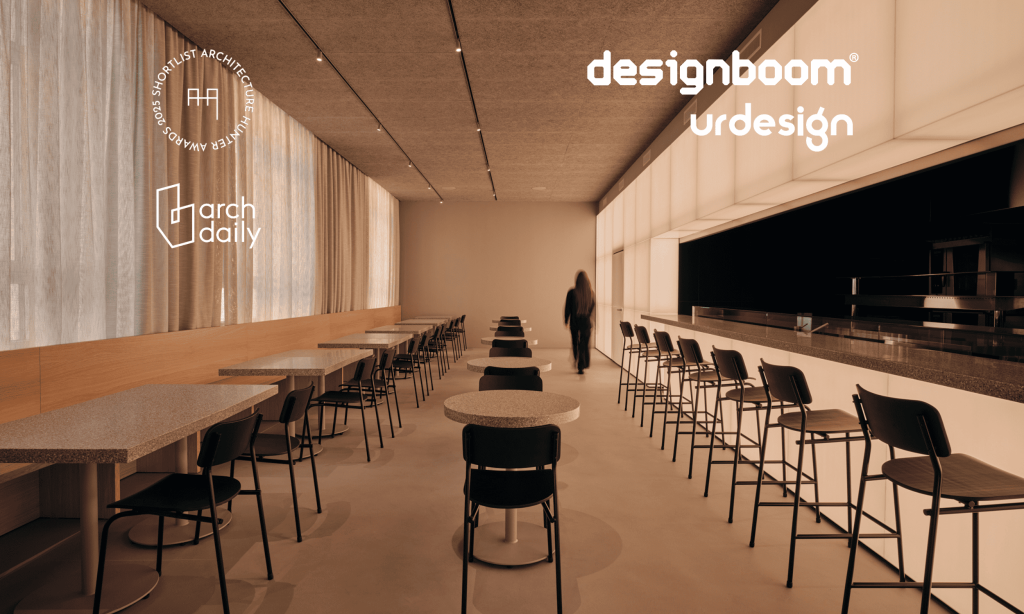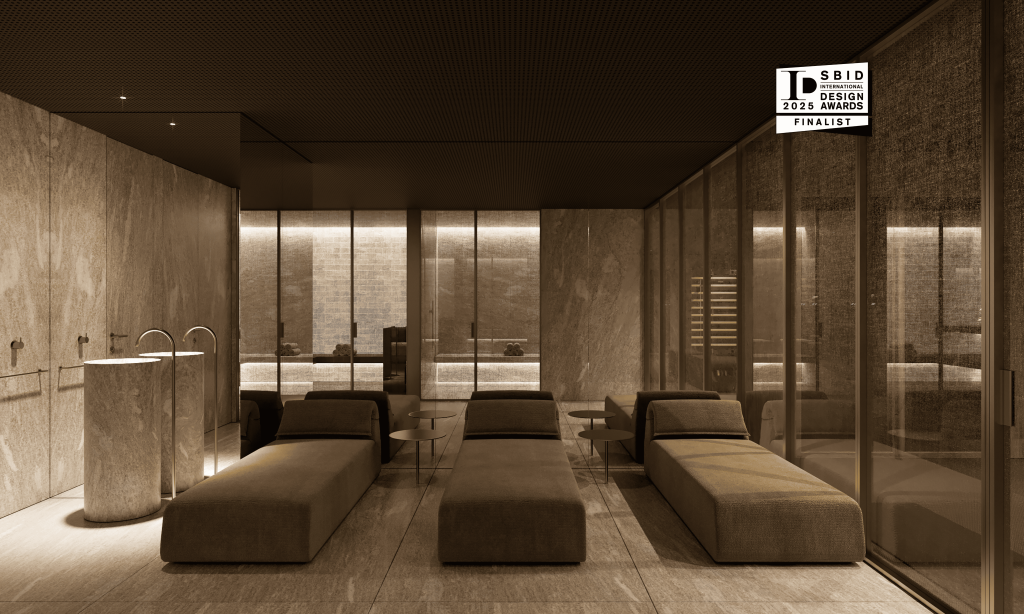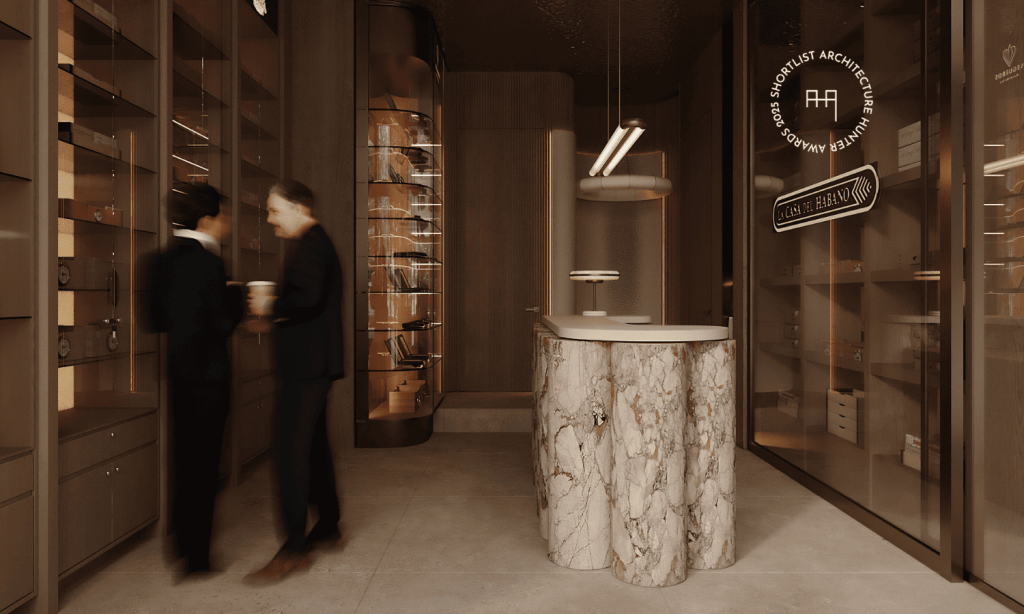Top Architectural Trends for Modern Homes in 2024
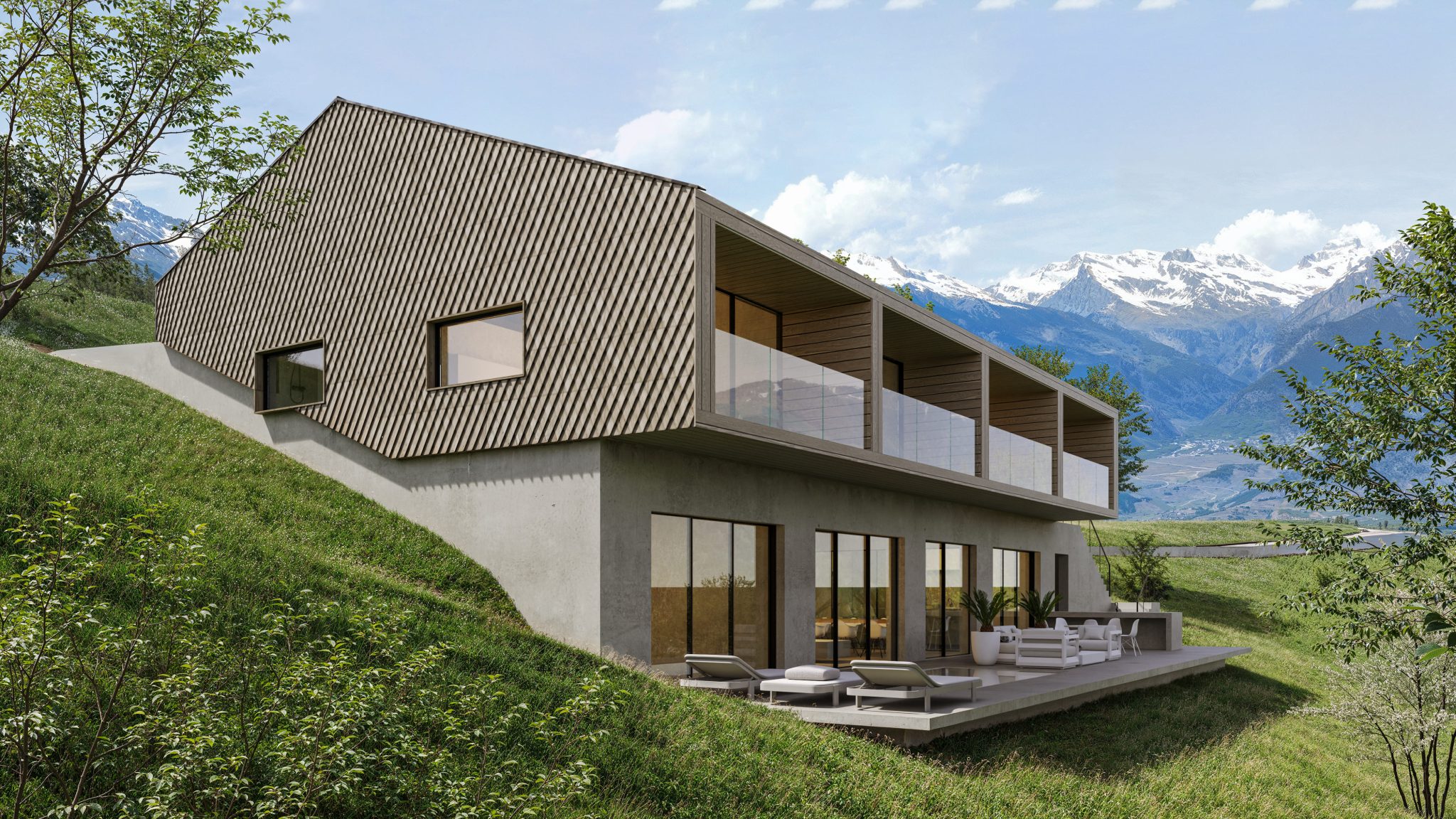
In 2024, architectural design is embracing a blend of innovation, sustainability, and a deep connection to nature. Modern homes are not just about aesthetics; they reflect the changing needs, values, and aspirations of people in a rapidly evolving world. Here are the top architectural trends shaping modern homes in 2024.
1. Sustainable Architecture and Net-Zero Homes
Sustainability continues to be a driving force in modern architecture, with net-zero homes leading the charge in 2024. These homes are designed to produce as much energy as they consume, primarily through renewable energy sources like solar panels and wind turbines. Architects are focusing on maximizing energy efficiency through advanced insulation, energy-efficient windows, and airtight construction techniques. The integration of green roofs, rainwater harvesting systems, and sustainable building materials is also becoming standard practice, reflecting a commitment to reducing the environmental footprint of residential architecture.
2. Biophilic Design: Bringing Nature Indoors
Biophilic design, which emphasizes the connection between humans and nature, is gaining even more traction in 2024. Architects are incorporating natural elements such as indoor gardens, green walls, and large windows that provide expansive views of the outdoors. Homes are being designed to blend seamlessly with their natural surroundings, often using organic materials like wood, stone, and bamboo. This trend not only enhances the aesthetic appeal of a home but also promotes the well-being of its occupants by fostering a sense of calm and relaxation.
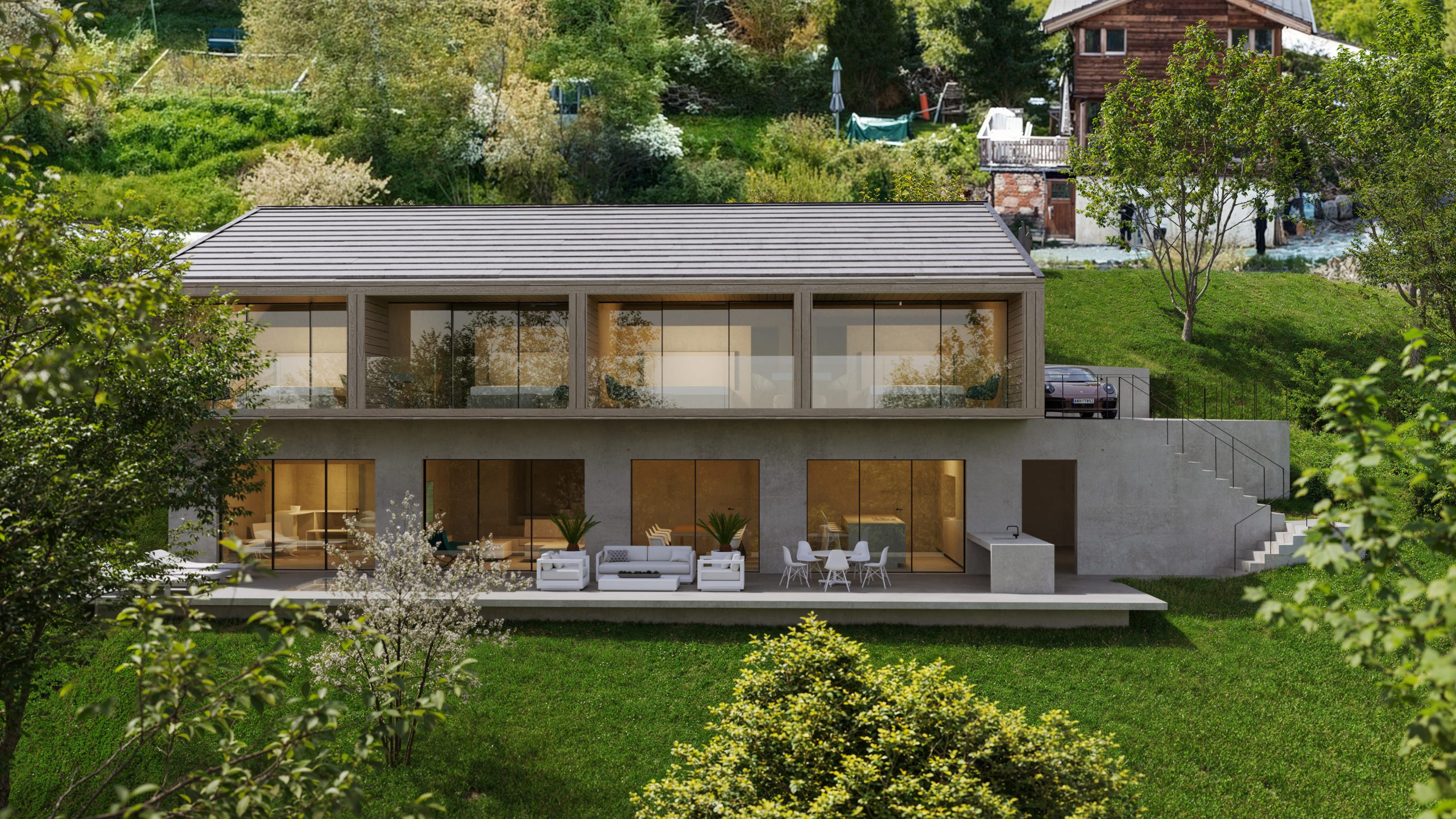
3. Modular and Prefabricated Construction
Modular and prefabricated construction methods are becoming increasingly popular, offering a more efficient and cost-effective way to build homes. These methods allow for quicker construction times and reduced waste, as components are manufactured in a controlled environment and then assembled on-site. Architects are using modular construction to create adaptable, flexible living spaces that can be easily expanded or reconfigured as needs change. This approach is particularly appealing for urban areas where space is limited and innovative solutions are required to maximize living areas.
4. Smart Home Integration and Automation
The integration of smart home technology continues to influence architectural design. Homes are being designed with built-in automation systems that control lighting, climate, security, and entertainment. Architects are planning for the seamless incorporation of smart devices, with hidden wiring and infrastructure that supports the latest technology. This trend is not just about convenience; it’s also about creating more energy-efficient homes that respond dynamically to the needs of their occupants. For instance, smart windows that adjust tint based on sunlight or systems that optimize energy use according to occupancy are becoming common features.

5. Minimalist and Functional Design
Minimalism remains a key trend in modern home architecture, with an emphasis on simplicity, clean lines, and functional spaces. In 2024, minimalist design is evolving to focus on purposeful architecture that maximizes space and utility without unnecessary ornamentation. This trend is characterized by open floor plans, multi-functional rooms, and built-in storage solutions that reduce clutter and create a sense of openness. Architects are prioritizing quality over quantity, designing homes that are not just visually appealing but also highly livable.
6. Flexible and Adaptable Spaces
The need for homes that can adapt to different uses and life stages is driving the trend towards flexible design in 2024. Architects are creating spaces that can easily transition from one function to another, such as home offices that convert into guest rooms or open-plan areas that can be divided with movable walls. This adaptability is particularly important as more people work from home and seek living spaces that accommodate both professional and personal needs. The trend also includes the design of homes that can evolve with the occupants, allowing for easy modifications or expansions over time.
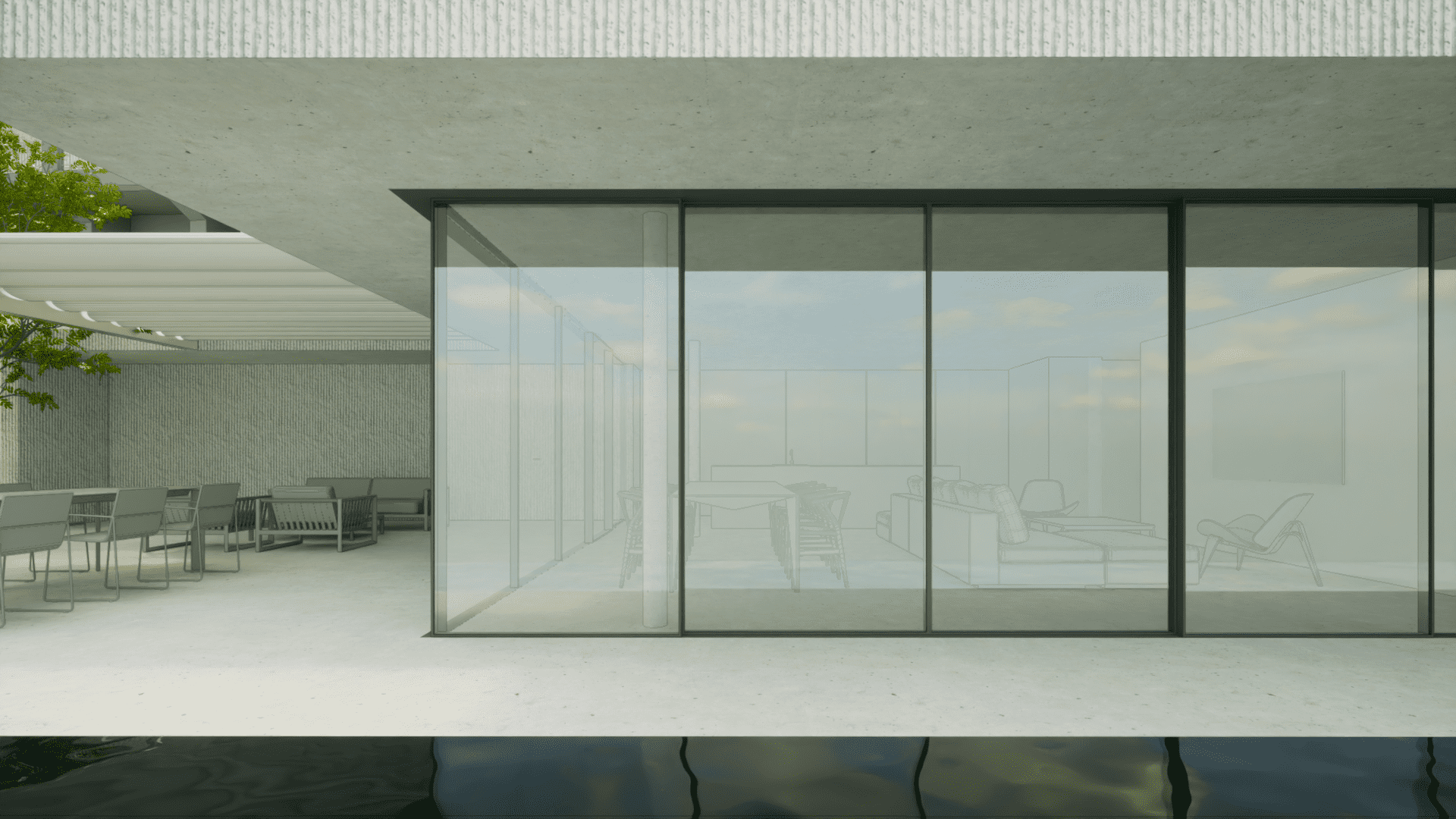
7. Indoor-Outdoor Living
The boundary between indoor and outdoor spaces is continuing to blur, with architects designing homes that facilitate seamless indoor-outdoor living. Large sliding glass doors, retractable walls, and covered patios are being used to extend living areas into the outdoors, creating spaces that can be enjoyed year-round. This trend is particularly strong in regions with mild climates, where outdoor living is an integral part of the lifestyle. The integration of outdoor kitchens, fire pits, and landscaped gardens further enhances the connection to nature and promotes a healthier, more active way of life.
8. Sustainable and Locally Sourced Materials
The use of sustainable and locally sourced materials is not just a trend but a necessity in modern architecture. Architects are increasingly turning to materials that have a lower environmental impact, such as reclaimed wood, recycled metal, and natural stone. The focus is also on materials that can be sourced locally to reduce transportation emissions and support regional economies. This trend is part of a broader movement towards more responsible and ethical building practices, where the environmental and social impacts of construction are carefully considered.
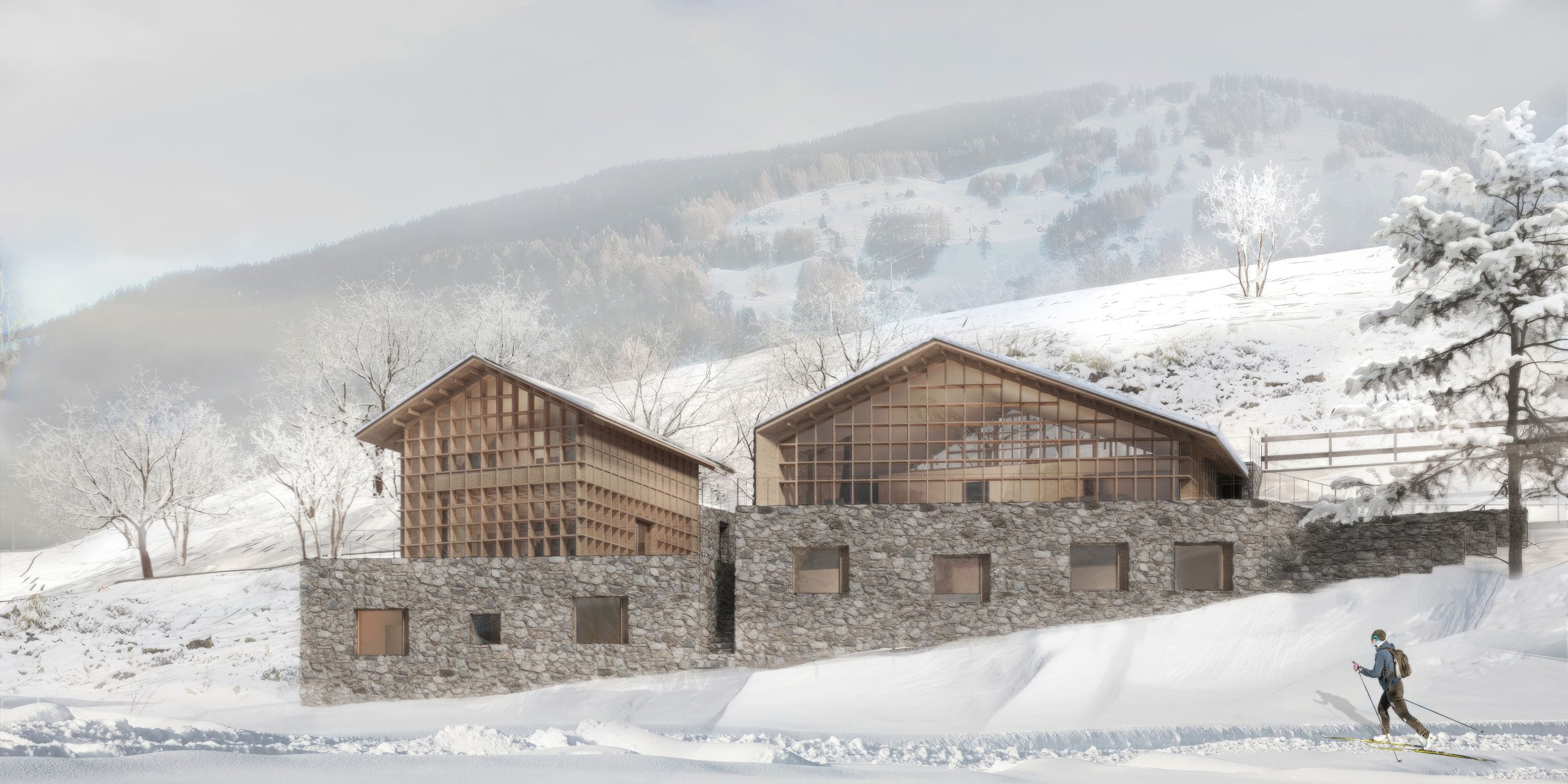
9. Advanced Building Techniques and Materials
2024 is seeing a rise in the use of advanced building techniques and materials that push the boundaries of traditional architecture. This includes the use of 3D printing for construction, which allows for greater precision and creativity in design. New materials, such as graphene and self-healing concrete, are being explored for their potential to create more durable, resilient structures. Architects are also experimenting with parametric design, using algorithms to create complex, organic forms that would be difficult to achieve with conventional methods. These innovations are not just about aesthetics; they also offer practical benefits, such as improved structural performance and reduced material waste.
10. Architectural Transparency and Openness
Transparency and openness are key themes in 2024 architectural design, with a focus on creating homes that feel light, airy, and connected to their surroundings. Architects are using large expanses of glass, open floor plans, and high ceilings to enhance the sense of space and light within a home. This trend is not just about visual appeal; it also promotes a more inclusive, sociable living environment where spaces flow naturally from one area to another. The use of glass and other transparent materials also helps to blur the boundaries between indoor and outdoor spaces, reinforcing the connection to nature.
Conclusion
The 2024 architectural trends reflect a broader shift towards sustainability, innovation, and a deeper connection with nature. Modern homes are becoming more adaptable, efficient, and responsive to their occupants' needs while embracing new technologies and materials that enhance both functionality and aesthetic appeal. As these trends continue to evolve, they are likely to shape the future of residential architecture in profound and lasting ways.


